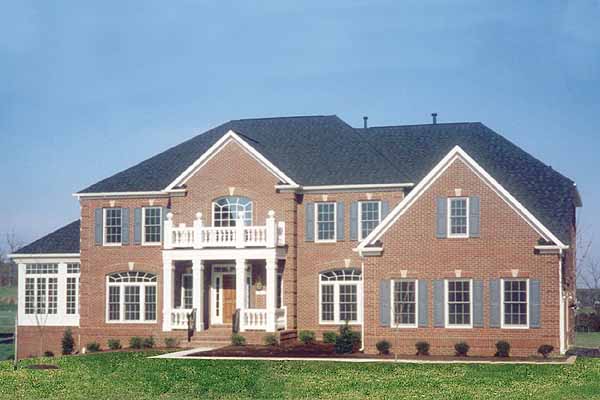PRIMARY LEASE
Understanding Primary Lease in Real Estate
In the world of real estate, the concept of primary lease holds significant importance, especially when it comes to subletting properties. A primary lease is a contractual agreement between the property owner, also known as the landlord, and the initial tenant who has the right to occupy the property. When the tenant, in part or entirely, sublets the property to another party, the primary lease plays a crucial role in governing this subletting arrangement.
Let's delve deeper into the intricacies of the primary lease and its implications within the real estate landscape.
The Basics of Primary Lease
A primary lease, also referred to as the master lease, establishes the legal relationship between the property owner and the original tenant. It outlines the terms and conditions under which the tenant can occupy the property, including aspects such as rent amount, lease duration, maintenance responsibilities, and other pertinent clauses. This lease is fundamental in defining the rights and obligations of both parties, serving as a cornerstone for the entire leasing arrangement.
Subletting and Primary Lease
When the original tenant decides to sublet the property, whether in part or in full, they essentially become a landlord to the subtenant. However, it's important to note that the primary lease remains the overarching agreement that governs this subletting scenario. The subtenant essentially steps into the shoes of the original tenant and becomes bound by the terms and conditions outlined in the primary lease.
Implications for the Parties Involved
Landlord
The landlord's consent is often required for subletting, as stipulated in the primary lease. This gives the landlord a degree of control over who occupies the property.
The landlord's consent is often required for subletting, as stipulated in the primary lease. This gives the landlord a degree of control over who occupies the property.
The primary lease holds the original tenant accountable for ensuring that the subtenant adheres to the terms of the lease. This means that any breaches by the subtenant could reflect on the original tenant.
Original Tenant
The original tenant retains the responsibility for rent payments and property maintenance as per the terms of the primary lease, even when subletting.
They act as an intermediary between the landlord and the subtenant, essentially managing the subletting arrangement.
Subtenant
The subtenant is directly bound by the terms of the primary lease, even though they may not have entered into a direct agreement with the landlord.
Any disputes or issues related to the property are typically addressed through the original tenant, as per the terms of the primary lease.
Conclusion
In the realm of real estate, the primary lease serves as the cornerstone of the leasing structure, exerting its influence even when subletting comes into play. Understanding the implications of primary lease in subletting is crucial for all parties involved - the landlord, original tenant, and subtenant. It delineates the rights, responsibilities, and boundaries within the intricate web of property leasing, providing a framework for a harmonious and legally sound coexistence.
As such, whether you're a property owner, a tenant considering subletting, or a subtenant seeking to understand your rights, the primary lease stands as a pivotal document that shapes the dynamics of real estate transactions.
MORE REAL ESTATE TERMS
A, B, C, D, E, F, G, H, I, J, K, L, M, N, O, P, Q, R, S, T, U, V, W, X, Y, Z
Featured New Home

Featured Mortgage Brokers
- MOVEMENT MORTGAGE LLC, COLUMBIA, SC
1129 SPARKLEBERRY LANE EXT
COLUMBIA, SC 29223 - CARLILE PROPERTIES, SACRAMENTO, CA
1009 22ND STREET, 3A
SACRAMENTO, CA 95816 - ADVISORS MORTGAGE GROUP LLC, TURNERSVILLE, NJ
4991 BLACK HORSE PIKE
TURNERSVILLE, NJ 8012 - PROSPECT MORTGAGE LLC, NORTH CHESTERFIELD, VA
7401 BEAUFONT SPRINGS DR STE 2
NORTH CHESTERFIELD, VA 23225 - 203K.TV, LAGUNA HILLS, CA
22501 CAMINITO COSTA
LAGUNA HILLS, CA 92653